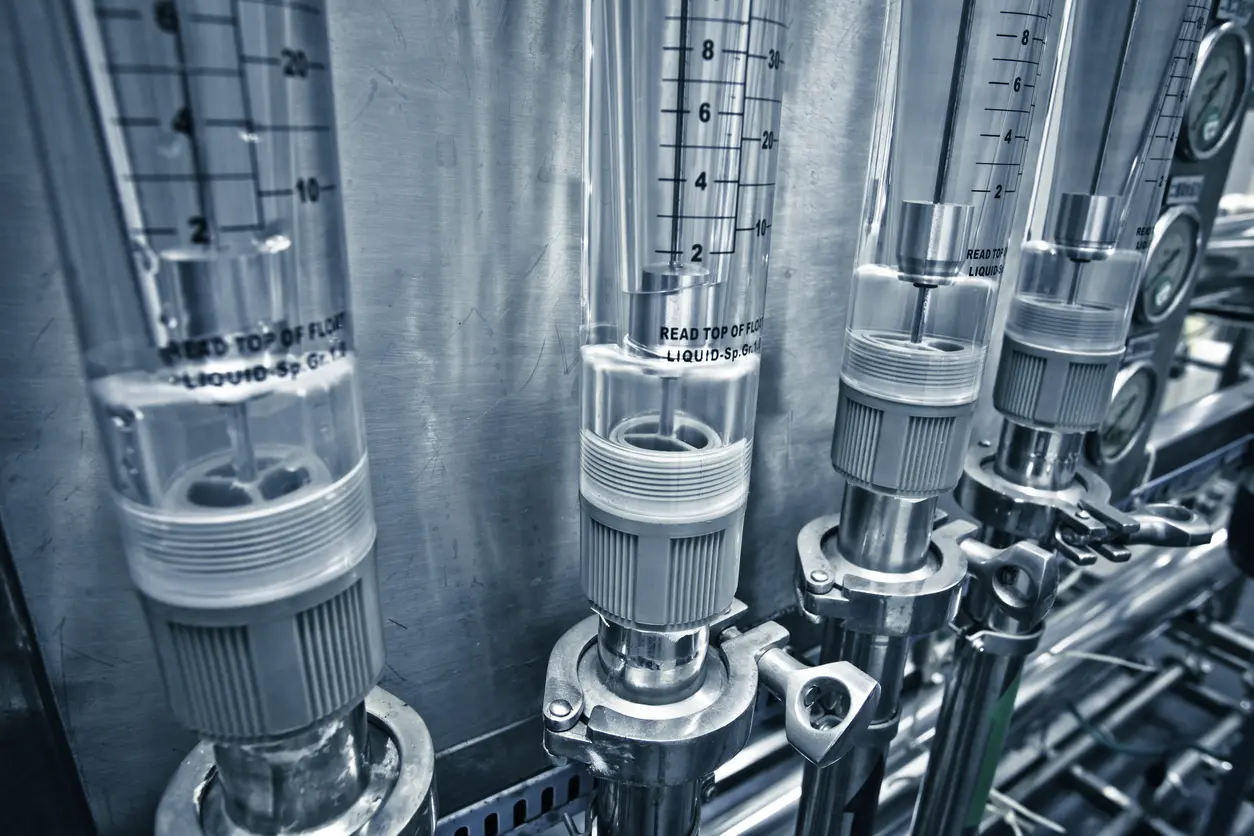Water is the essence of life, a resource we cannot do without. Yet, not all water is safe for consumption. Over the years, human innovation has given birth to various water treatment methods to ensure that our water is clean, healthy, and devoid of impurities. One such effective method is Reverse Osmosis (RO). But what exactly is RO and how does it work? Let’s delve deeper.
What is Reverse Osmosis?
At its core, Reverse Osmosis (RO) is a water purification technology that utilizes a semipermeable membrane to remove ions, molecules, and larger particles from drinking water. The term “reverse osmosis” might sound complex, but it’s based on the natural osmotic process – where a solvent moves from an area of low solute concentration to one of high solute concentration.
Imagine a scenario where there’s a chamber divided in two by a semipermeable membrane. One side is filled with a salt solution, and the other with pure water. Naturally, the water would move to the salt solution side, diluting it. In the RO process, pressure is applied to the salt solution side, causing the pure water to move back across the membrane, leaving the salt molecules behind. Thus, ‘reversing’ the natural osmotic process.
Why is Reverse Osmosis Important?
RO offers a myriad of benefits:
- Purity: RO can effectively remove up to 99% of dissolved salts (ions), particles, colloids, organics, bacteria, and pyrogens from the water, producing highly purified water.
- Versatility: It’s used in various applications, from home drinking water purification to industrial desalination.
- Cost-Effective: Over time, using an RO system can be more economical than buying bottled water.
How Does an RO System Work?
An RO system usually consists of several components:
- Pre-filters: These protect the RO membranes by removing larger contaminants. Sand, silt, dirt, and other sediments are captured here.
- RO Membrane: This is the heart of the system. It’s responsible for rejecting up to 99% of all contaminants.
- Post-filters: Water flows from the RO membrane into a post-filter, typically activated carbon, to polish off any remaining taste or odor.
- Storage Tank: Purified water is stored here until it’s used.
- Drain line: This removes the impurities rejected by the RO membrane.
- Delivery System: This is a faucet or tap through which the purified water is dispensed.
Water goes through a rigorous purification process:
-
- Pre-filtration: This first stage ensures that chlorines, which can damage the delicate RO membrane, are removed. It also screens out sediments that could clog the system.
- Membrane Filtration: Here, pressurized water is forced through the semipermeable membrane, separating contaminants from the water.
- Post-filtration: The purified water is then polished, with any residual tastes or odors removed, before being ready for consumption.
- Storage and Dispensing: The purified water is stored in a tank, ready for you to enjoy at your leisure.
Applications of Reverse Osmosis
RO is not just limited to providing drinking water. Its applications span various sectors:
-
- Medical Treatment: RO water is often used in kidney dialysis to filter out unwanted substances from the blood.
- Food and Beverage: Companies use RO to ensure their products are made with purified water.
- Desalination: For areas with limited freshwater sources, RO can transform seawater into drinking water.
- Pharmaceuticals: RO ensures that medications are manufactured with uncontaminated water.
Maintenance and Considerations
Like all systems, an RO system requires care:
- Regular Check-ups: Membranes and filters need periodic checks. Depending on your usage and water quality, these components should be replaced every 6-24 months.
- Pressure and Temperature: The efficiency of an RO system is optimal at certain pressures and temperatures. If these vary, the system might not work as efficiently.
- Water Wastage: An RO system does waste some water in the purification process. Modern systems, however, are becoming more water-efficient.
Conclusion
Reverse Osmosis is a revolutionary technology that has allowed us to access cleaner, purer, and safer water. Whether it’s for our homes, our health, or our industries, RO stands out as one of the most efficient water purification methods available today. As we strive for a future where clean water is accessible to all, understanding and leveraging technologies like RO will be essential. So, the next time you take a sip of that crisp, refreshing RO water, take a moment to appreciate the science and innovation behind every drop.


